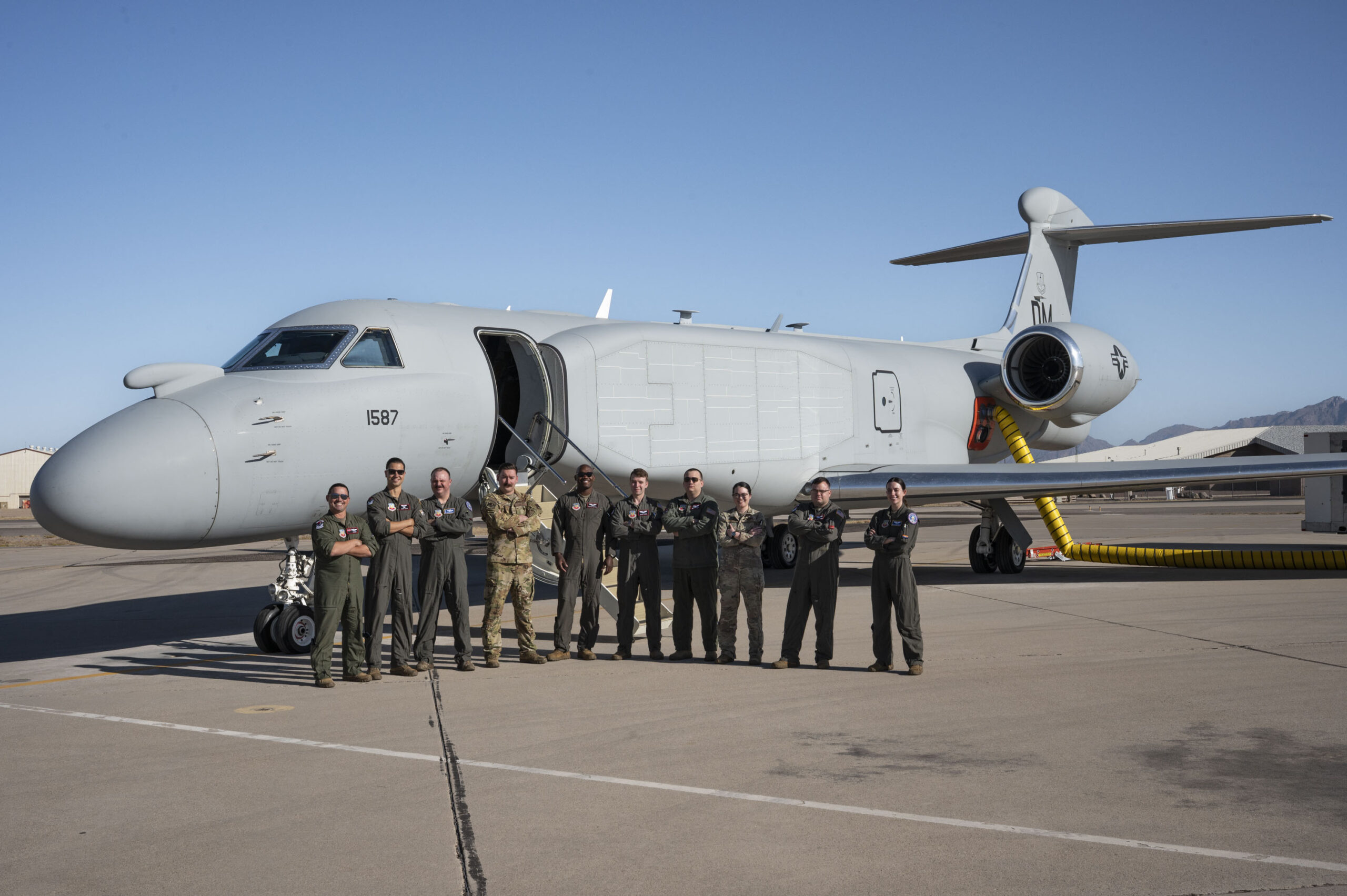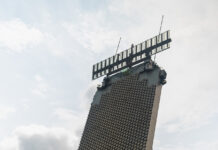The US Air Force (USAF) announced on 8 July 2025 that it has recently demonstrated a major leap in human-machine teaming by flying autonomous collaborative platforms (ACPs) alongside crewed fighter aircraft during a training event at Eglin Air Force Base (AFB) in Florida.
Pilots operating an F-16C Fighting Falcon and an F-15E Strike Eagle each controlled two XQ-58A Valkyrie ACPs in an air combat training scenario, showcasing real-time integration between manned and semi-autonomous systems.
ACPs like the XQ-58A are designed to provide affordable and attritable runway-flexible capabilities that can operate semi-autonomously in high-risk environments. In such contested environments ACPs can serve as force multipliers while enabling operators to retain strategic and ethical oversight.
“This recent flight marked a pivotal step in their integration into air combat: reducing pilot workload while enhancing situational awareness and mission effectiveness,” the USAF stated in a press release.
“This test with ACPs directly addresses the evolving requirements of modern warfare and the needs articulated by our warfighters,” General Ken Wilsbach, commander of the USAF’s Air Combat Command, was quoted as saying by the USAF. “We are committed to innovation and integrating ACPs through these kinds of demanding, operator-driven evaluations that allow us to learn rapidly and enhance our human-machine teams. This approach is fundamental to sharpening our combat capabilities, maintaining air superiority and ensuring we can effectively support the joint force in complex future environments,” Gen Wilsbach added.
The ACP demonstration was supported by the US Department of Defense’s (DoD’s) Rapid Defense Experimentation Reserve programme under the Office of the Undersecretary of Defense for Research and Engineering and was executed by Air Force Material Command’s Air Force Research Laboratory (AFRL) and Air Force test Center, Air Combat Command and the US Navy.
“With this flight we mark a crucial step in developing capabilities that harness human-machine teaming to overcome complex threats and expand our advantages,” stated AFRL commander Brigadier General Jason E Bartolomei. “By developing and integrating autonomous platforms with manned systems, we can quickly adapt, increase combat effectiveness and reduce risk to our aircrews in contested environments,” he added.
Data from the recent flight demonstration will inform future development and deployment of semi-autonomous capabilities across the US DoD. As the USAF modernises to meet the demands of a more contested and complex operating environment, human-machine teaming with ACPs will be vital to delivering credible mass, operational flexibility and mission success, the USAF noted.






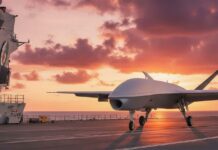

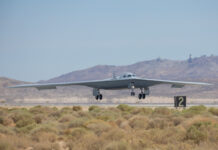

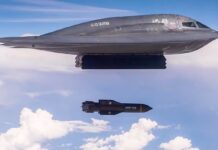
![US air dominance: The story so far President Trump, the 47th President, said that the USAF’s first sixth generation fighter would be known as the F-47, insisting that: “The generals picked a title, and it's a beautiful number…” Trump also noted that “an experimental version of the plane has secretly been flying for almost five years.” [USAF]](https://euro-sd.com/wp-content/uploads/2025/06/2-F-47-8928628-1-Kopie-218x150.jpg)
